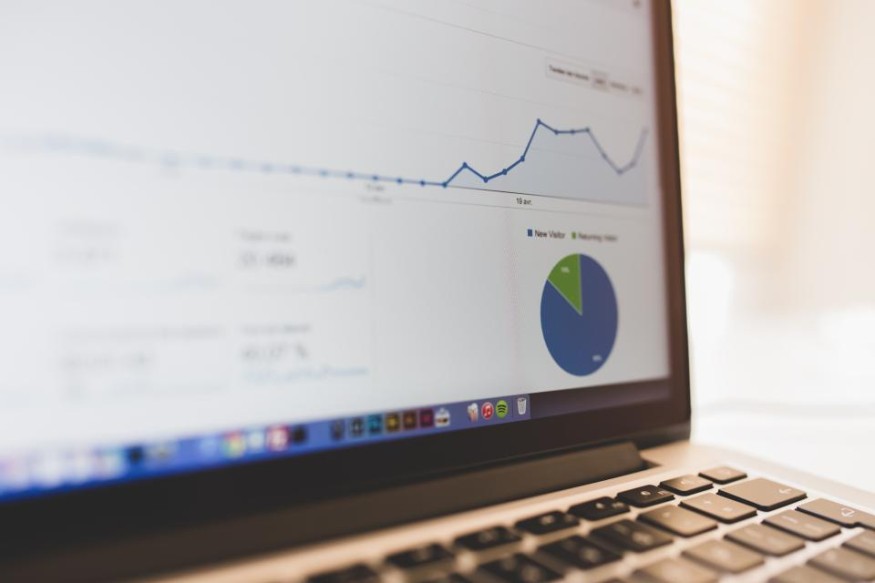Liberty Latin America’s Balance Sheet and Its Influence on Investors’ Decisions

According to a well-known fund manager named Li Lu, the largest risk of investment is not the volatility of its market prices but the suffering after the permanence of a loss of capital.
The debt had been connected with many bankruptcies in the past. It is an important factor in the assessment of the investment risk of a company.
It is evident that Liberty Latin America Ltd. (LILA in NASDAQ) also has debt in its book. However, does its debt a matter of concern for its current and potential investors?
Risks from Debt
An article from Simply Wall ST News stated that debt is used by a business for various reasons. The problem with debt comes when the business becomes incapable of paying off the debt from sources such as idle cash and/or new capital.
A part of capitalism states the process of 'creative destruction' wherein businesses who are failing are being liquidated by their banks. However, there is still another alternative to this one. A business may sell its shares to a bargain-basement price. This will permanently affect the value of the investment of shareholders of the business. All of that just to make the balance sheet look appealing to stakeholders. By replacing dilution, the debt can be a helpful tool for a company needing capital to invest for its growth and high return rates.
When studying debt, cash and debt levels are considered.
The Debt of Liberty Latin America
As of September 2019, Liberty Latin America had a debt of $7.24 billion. It had increased by $6.75 billion in one year.
However, since it has idle cash worth $1.02 billion, this means that the net debt of the company is more or less $6.22 billion.
What does the Balance Sheet of Liberty Latin America Show?
The latest version of Liberty Latin America's current liabilities in its balance sheet is $1.52 billion. Its noncurrent liabilities totaled $8.09 billion.
The company had reported $1.02 cash and $632.90 receivables. In total, LILA's liabilities after deducting the company's cash and receivables is $7.96 billion.
The deficiency shown is a big weight that the $3.11 billion company has to carry. Upon looking at the balance sheet of a company, there may be a need to perform re-capitalization if all of its creditors will demand him to pay today.
Two financial statement analysis tools can help determine the debt levels of the company in comparison with its earnings.
The first is EBITDA or the net of debt divided by the EBIT or the earnings before interest, tax, depreciation, and amortization.
The second tool is the determination of the number of times the EBIT or the earnings before interest and tax can pay for the interest expense of all the company's debts.
The results of an EBITDA ration of 4.3 reveal that the company uses a few debts. The interest cover of 1.2 computed by the business is determined to be weak. This suggests that Liberty Latin America has high leverage.
One good news about the computed amounts is that LILA's EBIT had improved by 9.6% in the past year. This means that its debt had been gradually reducing.
In the analysis of a company's debt standing, the balance sheet is the perfect place to start. However, it should be noted that the future of the profitability of LILA still depends on the decision of the company to strengthen its balance sheet gradually in the years to come.
Subscribe to Latin Post!
Sign up for our free newsletter for the Latest coverage!
© 2025 Latin Post. All rights reserved. Do not reproduce without permission.















